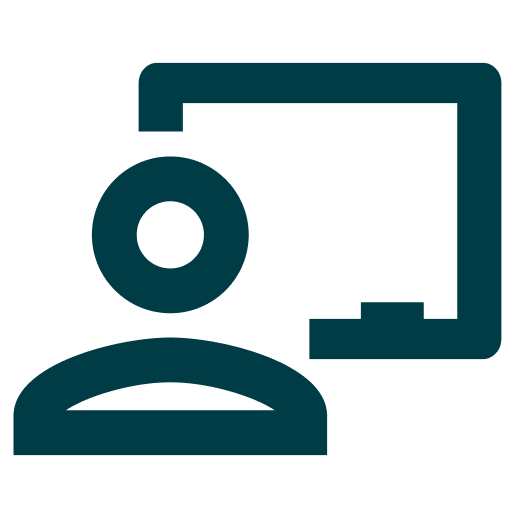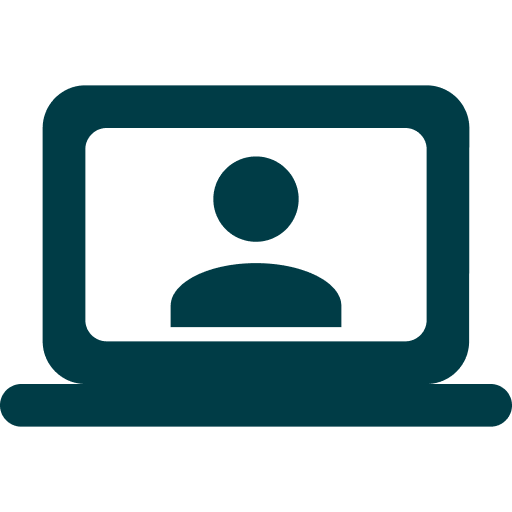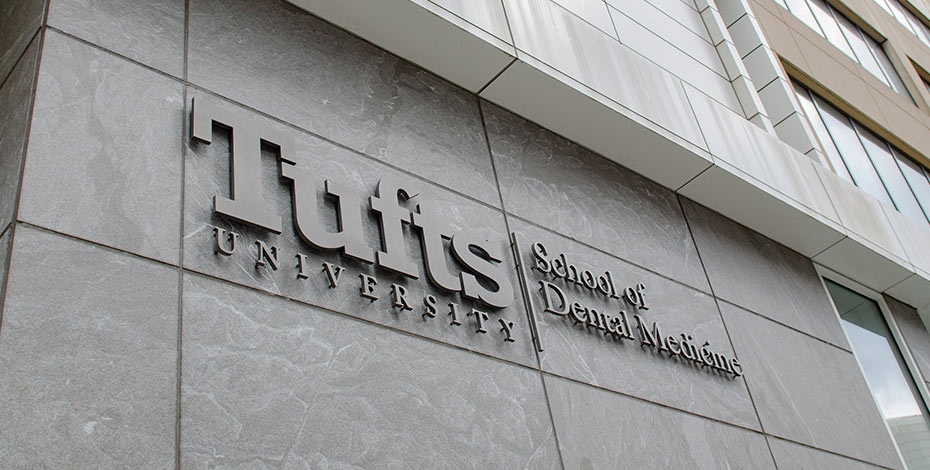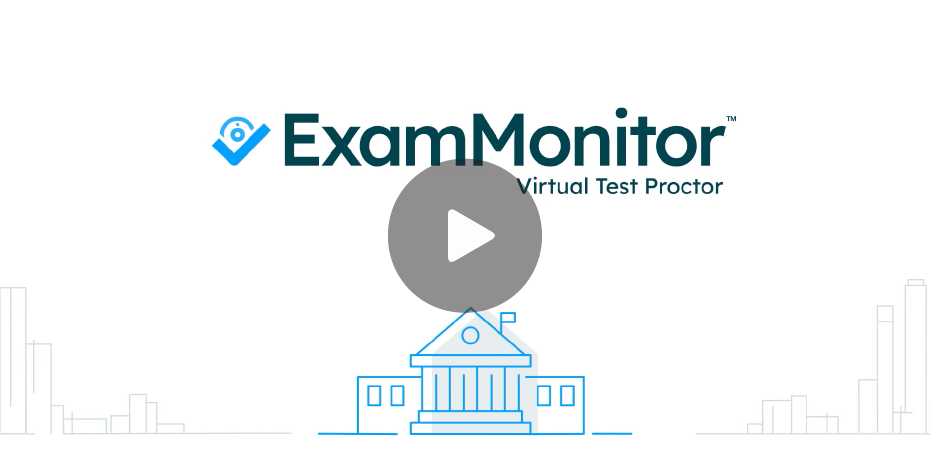With COVID-19 numbers on the rise across campuses, many colleges and universities are being forced to reconsider plans for face-to-face instruction. Some institutions are pivoting from hybrid courses to fully remote courses while students quarantine on campus. Other institutions and licensure bodies are struggling with the logistics of delivering socially distanced assessments or transitioning to remote exams out of last-minute necessity.
There are many technologies that approximate aspects of a controlled, on-campus testing environment for institutions with a sudden need to administer remote assessments. From locked down browsers that restrict web navigation during exams to remote proctoring services that observe exam-takers live via webcam, alternatives to in-person exams each have distinct benefits for providing assessment security.
However effective these tools may be in securing a specific aspect of assessment, they can leave other important areas open to vulnerabilities, falling prey to common workarounds that may compromise exam integrity. In addition to security risks, logistical difficulties can arise when implementing these solutions remotely, due in part to their dependence on a reliable WiFi connection.
To assist institutions currently seeking a solution that preserves exam security in a remote setting, we will discuss some important items to consider before committing to an assessment platform. Given the uncertainty surrounding the safe return of on-campus learning, institutions will find the most value in a solution that allows flexibility in assessment format and features.
What Are the Drawbacks of Web-Dependent Technologies?
-
Internet Requirements
The issue of equity in internet access has become more pressing since the pivot to virtual learning. Students who live in rural locations often struggle with weak connectivity, which can cause interruptions mid-exam and interfere with completion of timed assessments. Unreliable internet isn’t restricted to rural areas – students living in a household with multiple people using the internet throughout the day, those who have data caps on their internet plans, and those who simply cannot afford high-speed internet face the same challenges. Students without a reliable WiFi connection may need to make plans to relocate ahead of a web-based assessment, adding additional stress to the exam session.
-
Fixed Exam Schedules
Students who do not have access to a home computer or must share a single device with multiple family members may have difficulty logging in for exams that are only available at a certain time. Without the convenience of an easily accessible device, it can also be difficult for students to coordinate a time with an online proctor to monitor a live test session. For students whose home environments aren’t conducive to synchronous, high-stakes assessments, overall performance may suffer.
-
Security Risks and Limitations
Browser-based tools designed to prevent test-takers from performing certain actions during an exam are nonetheless subject to tactics for bypassing security features. Some institutions bolster their web-based assessments with remote proctoring services that observe the exam-taker for suspicious behavior. But in the case of locked down browsers, academic dishonesty may only be a matter of a few keystrokes for the exam-taker, subtle enough to escape the notice of live proctors or invigilation software.
-
Inflexible Modalities
Before adopting an assessment technology, it is important for institutions to assess whether it is suited to their changing needs in the midst of a pandemic. As evidenced by the widespread reversal of policies early in the Fall semester, colleges and universities require a solution that’s flexible enough to deliver exams in any setting while preserving their integrity.
Due to the inequity of internet access among students, security risks associated with locked down browsers, and limitations of remote proctoring services, web-dependent solutions can diminish assessment quality in a remote setting.
How Can ExamSoft Help Institutions Deliver Secure, Flexible Assessments?
-
No Internet Required During Exams
Web-based assessment tools are inherently less secure than those that do not need a consistent WiFi connection while an exam is in session. Through Examplify — ExamSoft’s student assessment application — internet access is only necessary for downloading the exam file prior to the testing day (typically the day before) and uploading the exam once complete. With no internet required during testing, exam-takers without consistent access to WiFi can complete assessments at home without interruption.
-
Asynchronous Testing Options
Within the ExamSoft platform, instructors have the ability to create multiple iterations of an assessment, schedule these assessments in different sessions, and set unique passwords for each assessment session. This allows exam-takers to select a time slot that best fits their needs, reducing the stress that may arise from limited device access. For the educators, results are visible as independent exam sessions or, if linked, may be aggregated together to view the entire cohort’s exam performance. With ExamMonitor, ExamSoft’s A.I.-enabled remote proctoring solution, exam-takers don’t have to go through the hassle of coordinating a time with a live proctor.
-
Complete Device Control
In an off-campus testing environment, it is crucial that institutions employ a digital assessment platform that does more than lock the web browser. By taking control of the exam-taker’s entire device, ExamSoft is able to block all access to the internet, disable any key commands that may be used to bypass security features, prevent background programs from running during an exam, and disable access to USB-based data transfer devices. To ensure that every aspect of exam integrity is preserved, ExamMonitor uses the webcam and microphone to record exam-taker behavior, enabling A.I. and human review to flag and observe suspicious activity.
-
Toggle Between Modes of Assessment
Institutions must be careful to implement a solution that is flexible enough to deliver secure, remote exams and ensure a smooth transition once in-person instruction resumes. As social-distancing policies are likely to remain in place for the foreseeable future, administrating in-person exams in testing centers will likely present a challenge. ExamID, ExamSoft’s auto-identity verification system, can ease the process of student check-in, while ExamMonitor can flag suspicious behavior that may be missed by live proctors in a large, distanced group of exam-takers. (Read our related post on the four types of modalities in education.)
Want to Protect Assessment Integrity at Your Institution?
Request a demo to learn more about how ExamSoft’s complete digital assessment platform can offer unparalleled exam security and flexibility in assessment.
Sources:
Inside Higher Ed: COVID-19 Roundup: Big Universities’ Big Case Counts
KOMU: Bar Exam Brings in Hundreds of Students, Despite Occupancy Limits
Patch: UA Says No Fall Break, Finals to Be Given Remotely
The Hill: Pandemic Exposes Broadband Divide
University Business: 3 Factors Widen the Digital Divide in Higher Ed






